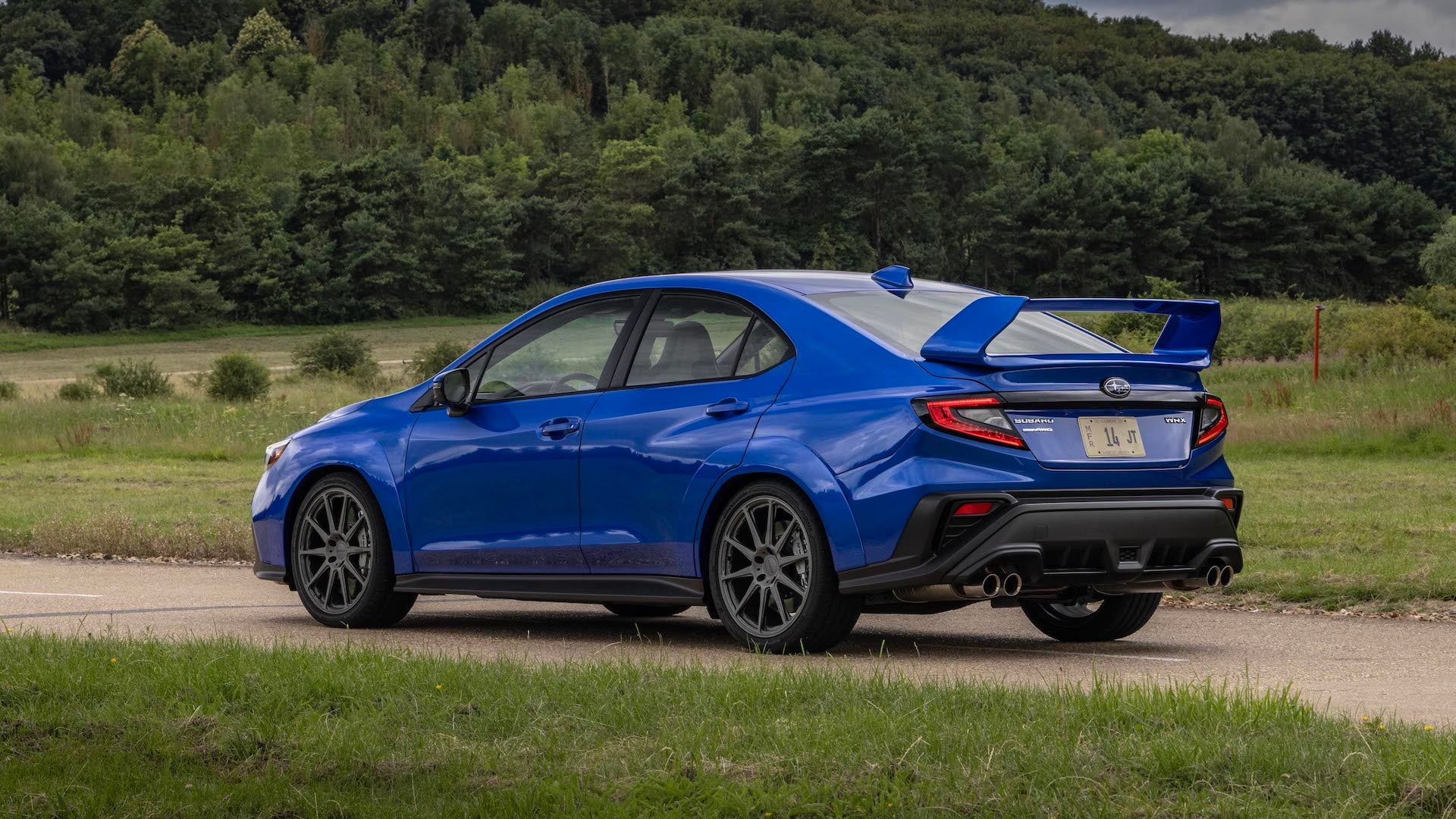If you’re a Subaru owner, you know that your vehicle is designed to take on rugged terrain and weather conditions. However, protecting your Subaru from mud, dirt, and debris is crucial to maintaining its appearance and longevity. One of the most effective ways to do this is by installing mud guards. This article will provide you with a comprehensive, step-by-step guide on how to install Subaru mud guards, along with essential tips and insights to ensure a successful DIY project.
What Are Mud Guards and Why Do You Need Them?

Mud guards, also known as splash guards or mud flaps, are protective accessories that are installed behind the tires of your vehicle. They serve several important functions:
- Protection from Damage: Mud guards help prevent rocks, mud, and debris from chipping the paint and damaging the body of your Subaru.
- Improved Visibility: By reducing the amount of mud and grime kicked up by the tires, mud guards can enhance visibility for both the driver and other road users.
- Lower Maintenance Costs: Installing mud guards can lead to less frequent washing and detailing, ultimately saving you money and time in maintenance.
- Enhanced Aesthetic Appeal: Many Subaru enthusiasts believe that mud guards add a rugged, sporty look to their vehicles.
Tools and Materials Needed
Before diving into the installation process, gather the necessary tools and materials:
- Subaru mud guards (specific to your model)
- Socket wrench set
- Drill with appropriate drill bits
- Measuring tape
- Marker or pencil
- Level
- Screwdriver
- Protective eyewear
Step-by-Step Installation Guide

Follow these steps to successfully install mud guards on your Subaru:
Step 1: Prepare Your Vehicle

Begin by parking your Subaru on a flat, stable surface. Ensure that the engine is turned off, and engage the parking brake for safety. It’s also a good idea to clean the areas where the mud guards will be installed to ensure proper adhesion and fit.
Step 2: Measure and Mark Locations
Using the measuring tape, determine the correct placement for the mud guards. Typically, they should be positioned just behind the tires, extending from the bottom of the vehicle to just above the tire rim. Use the marker or pencil to make small marks where the screws will be placed.
Step 3: Drill Holes for Mounting
With the drill and appropriate drill bit, create holes in the marked locations. Be cautious not to drill too deep, as this could damage the vehicle’s structure. If your mud guards come with pre-drilled holes, ensure they align with your markings.
Step 4: Attach the Mud Guards
Align the mud guards with the drilled holes and secure them using the screws provided. Use the socket wrench to tighten the screws, ensuring that the guards are firmly attached but not over-tightened, which could cause damage.
Step 5: Check Alignment and Level
After installation, use a level to ensure that the mud guards are straight. If they are misaligned, loosen the screws slightly, adjust the position, and re-tighten the screws.
Step 6: Final Inspection
Once the mud guards are installed, perform a final inspection. Check for any loose screws or misalignments, and ensure that everything is securely in place. It’s also a good idea to take your Subaru for a short drive to see how the guards hold up on the road.
Common Mistakes to Avoid

While installing mud guards may seem straightforward, there are common pitfalls that DIY enthusiasts should be aware of:
- Improper Measurements: Double-check your measurements before drilling to avoid misalignment.
- Neglecting Cleanliness: Failing to clean the installation area can result in inadequate adhesion.
- Over-tightening Screws: This can lead to cracking in the mud guards or damage to the vehicle.
Maintenance Tips for Longevity

Once you’ve successfully installed your mud guards, taking care of them is essential for longevity:
- Regular Cleaning: Wash your mud guards regularly to prevent dirt buildup and maintain their appearance.
- Inspect for Damage: Periodically check for any cracks or wear and tear and replace them if necessary.
- Seasonal Checks: Before winter or monsoon seasons, ensure your mud guards are in good condition to handle harsher weather.
Case Studies: The Benefits of Mud Guards

Several Subaru owners have reported significant benefits from installing mud guards:
- A Subaru Outback owner noted a decrease in paint chips on their vehicle after installing mud guards, particularly during winter when road salt and debris are prevalent.
- A Subaru Forester enthusiast shared that they experienced less mud accumulation on their vehicle, making cleaning easier and less frequent.
Installing mud guards on your Subaru is a practical and rewarding DIY project that offers both aesthetic and functional benefits. By following the steps outlined in this guide and avoiding common mistakes, you can enhance your vehicle’s protection against environmental damage while also adding a rugged look. Remember to maintain your mud guards regularly and enjoy the peace of mind that comes with knowing your Subaru is well-protected. With just a few tools and some patience, you’ll have successfully installed mud guards that not only look great but also serve a vital role in preserving the integrity of your vehicle.